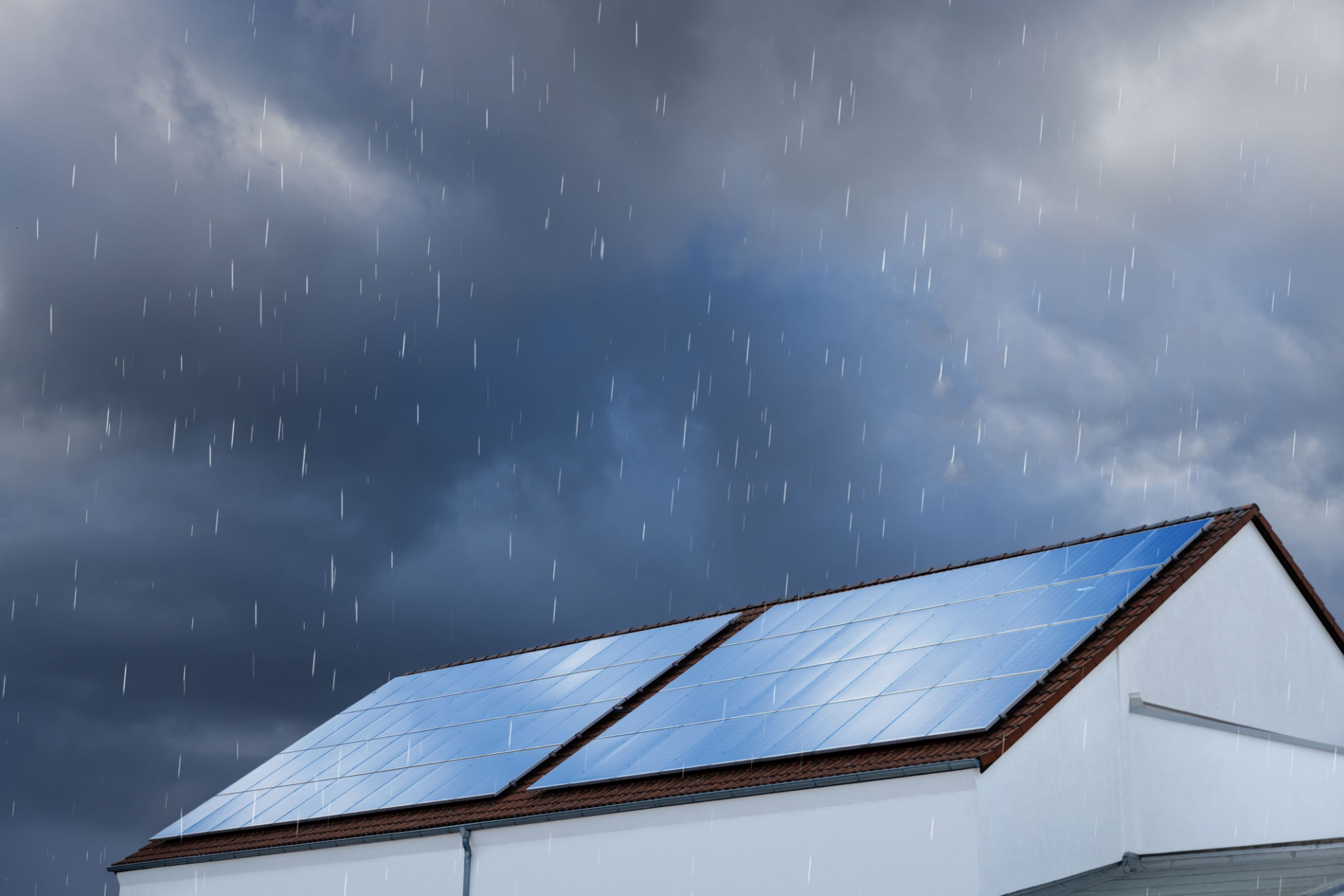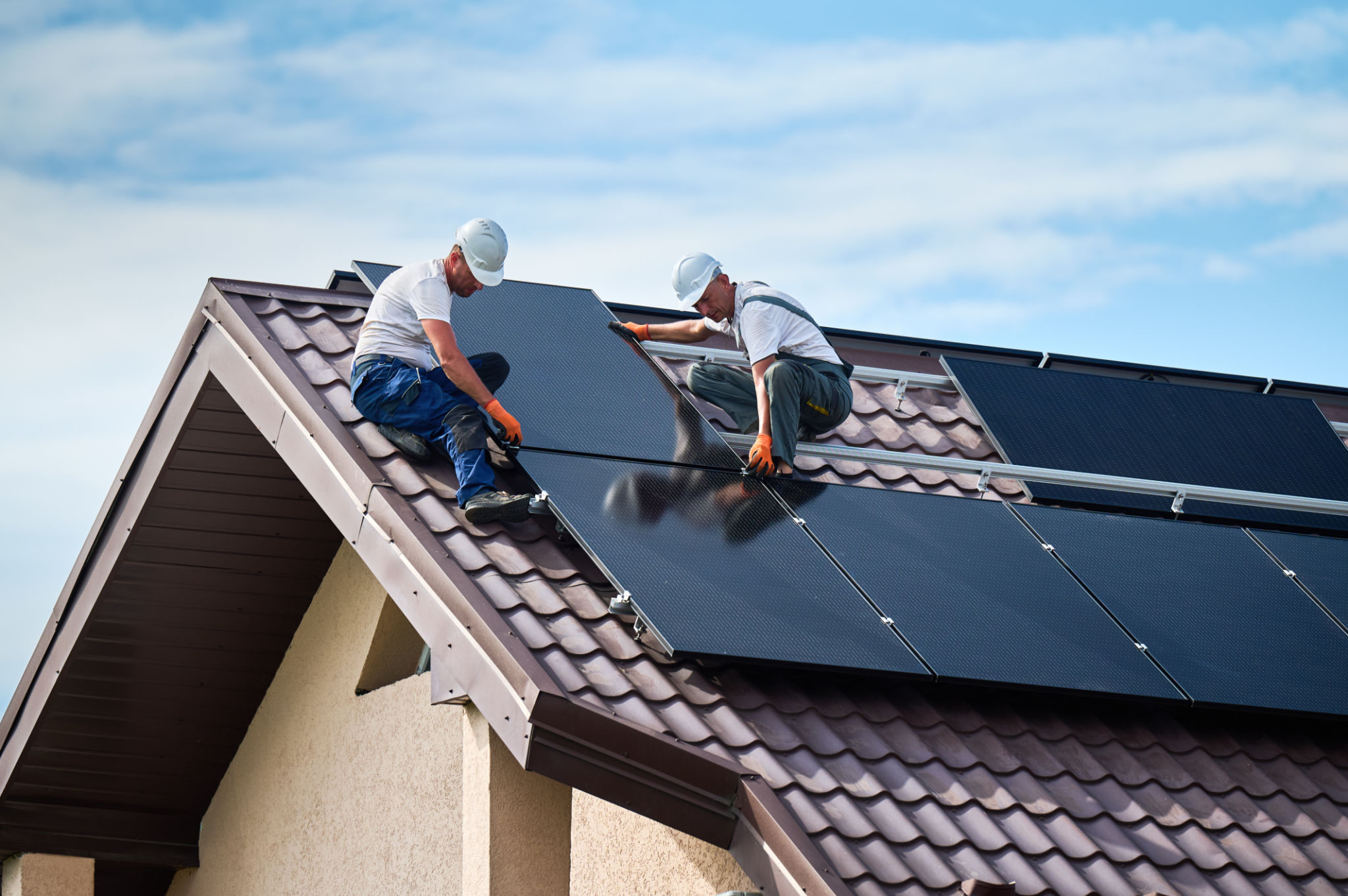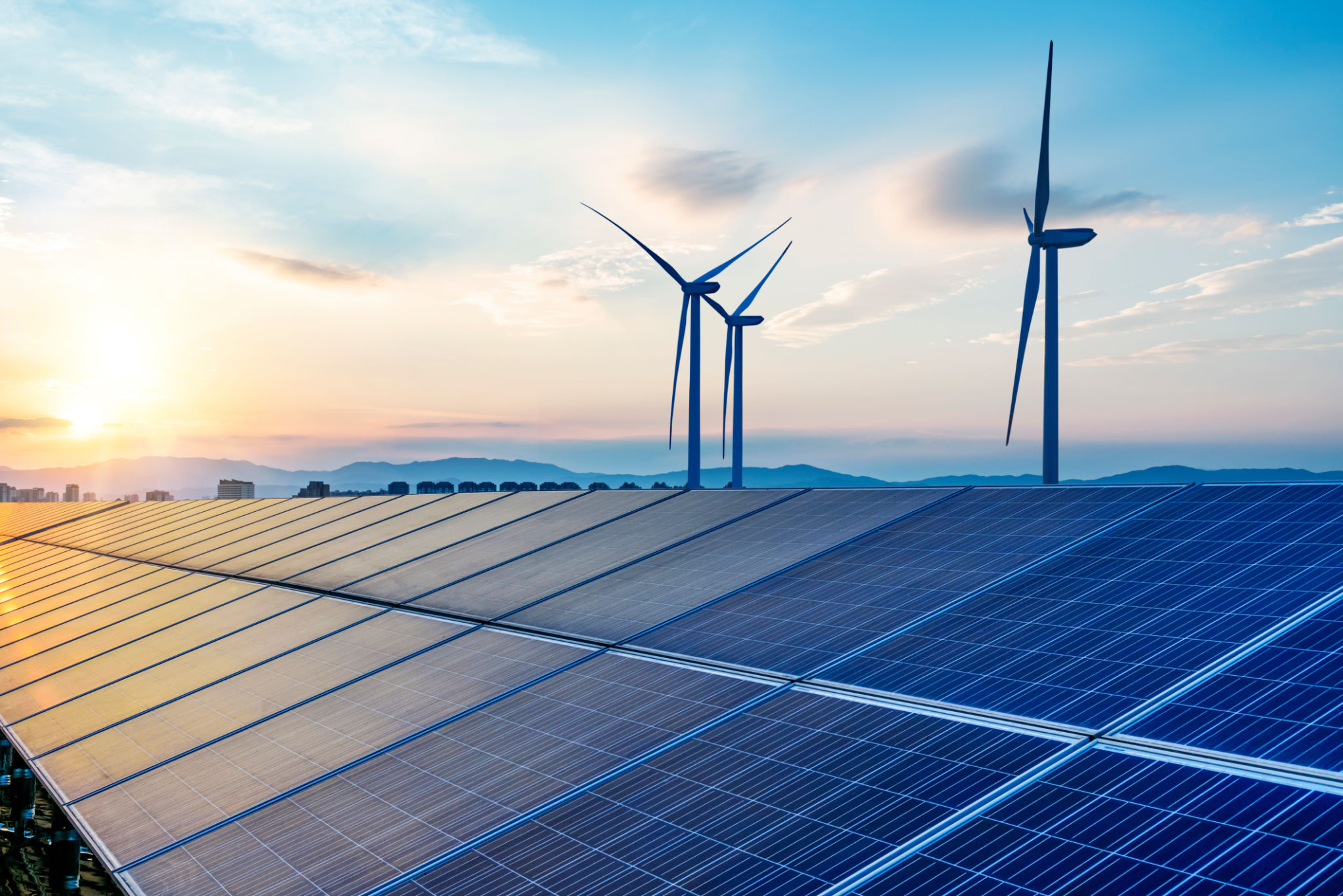Common Misconceptions About Solar Energy in South Australia
Understanding Solar Energy in South Australia
Solar energy is becoming increasingly popular as a sustainable energy source, especially in sun-rich regions like South Australia. However, despite its growing adoption, there are still several misconceptions surrounding solar energy that need clarification. This blog post aims to debunk these common myths and provide a clearer understanding of solar power.

Myth 1: Solar Energy is Too Expensive
One of the most prevalent misconceptions about solar energy is that it is prohibitively expensive. While the initial installation costs can be significant, it's important to consider the long-term savings. Government incentives and rebates in South Australia significantly reduce the upfront costs. Furthermore, the reduction in electricity bills often leads to a return on investment within a few years.
Advancements in technology have also contributed to the decreasing costs of solar panels. As more people adopt solar energy, production scales up, leading to even more affordable prices for consumers.
Myth 2: Solar Panels Only Work in Sunny Weather
Many people believe that solar panels are ineffective during cloudy or rainy days. In reality, solar panels are designed to generate electricity from daylight rather than direct sunlight. This means they can still produce energy on overcast days, although at a reduced capacity compared to sunny days.

Moreover, South Australia's climate is well-suited for solar energy production, with plenty of sunny days throughout the year. This ensures that solar panels remain a viable and efficient energy source.
Myth 3: Solar Panels Are Difficult to Maintain
The maintenance of solar panels is another area where misconceptions abound. Many assume that keeping solar panels in good working condition requires constant upkeep. However, modern solar panels are designed to be low-maintenance, often requiring just occasional cleaning to remove dust and debris.
It's also worth noting that most solar panel systems come with warranties ranging from 10 to 25 years, providing peace of mind for homeowners. Routine professional inspections can further ensure that the system operates at peak efficiency.

Myth 4: Solar Energy Isn’t Reliable
Some skeptics argue that solar energy is unreliable due to its dependence on weather conditions. However, with the advent of energy storage solutions like batteries, this concern is becoming less relevant. These systems store excess energy generated during sunny periods for use during times of low solar production or at night.
Additionally, South Australia's power grid has been increasingly accommodating distributed solar energy systems, allowing for a more stable and reliable energy supply across the region.
The Environmental Impact of Solar Energy
A common misconception is that the production and disposal of solar panels have a negative environmental impact. While it's true that manufacturing processes can generate emissions, the overall carbon footprint of solar energy is significantly lower compared to fossil fuels. Moreover, recycling initiatives are improving the sustainability of solar panel production and disposal.
Embracing solar energy not only reduces reliance on non-renewable sources but also contributes to a cleaner, greener environment in South Australia.

Conclusion
Understanding the reality behind these misconceptions is crucial for making informed decisions about adopting solar energy. South Australia offers an ideal environment for harnessing the power of the sun, and with the right information, more individuals and businesses can take advantage of this sustainable energy solution.
As technology advances and awareness grows, solar energy will continue to play a pivotal role in shaping a sustainable future for South Australia and beyond.
